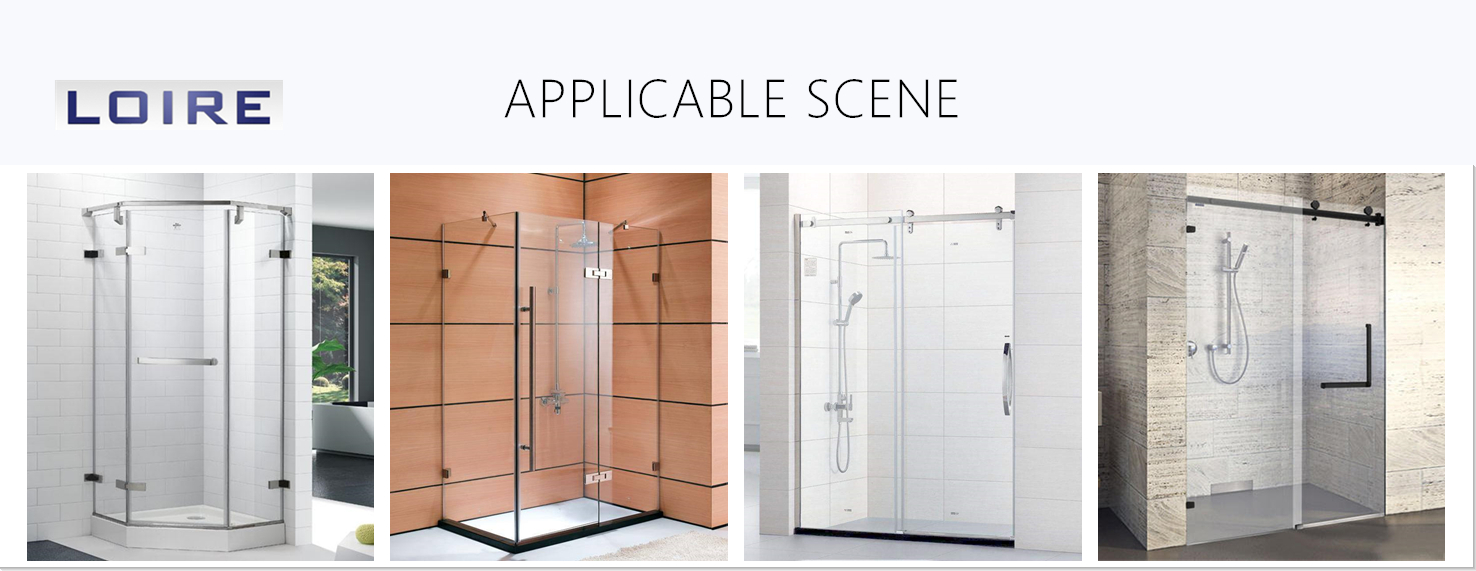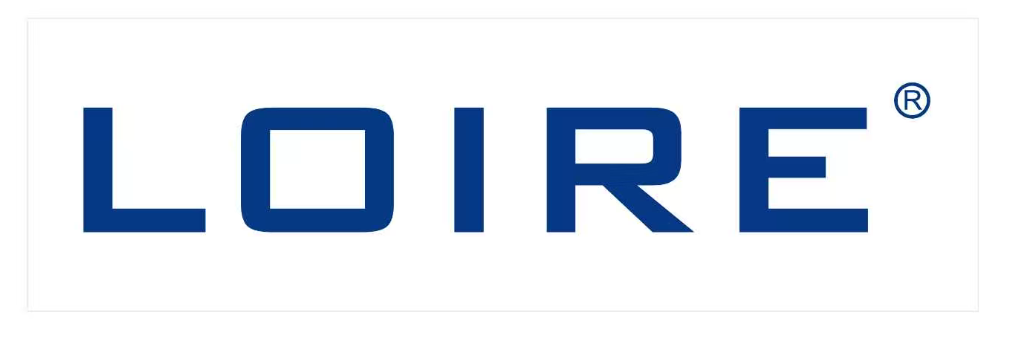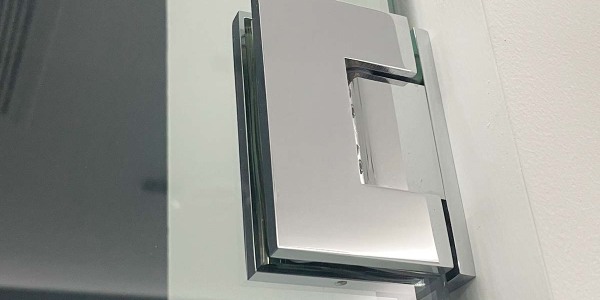Top Glass Fittings for Walk-In Showers: 2025 Design & Style Guide

Walk-in showers have become a centerpiece in contemporary bathrooms. In 2025, designers are turning to glass for its clean lines, reflective surfaces, and open feel. The hardware that supports these installations is evolving just as quickly, with new materials, finishes, and functions designed to blend utility with modern elegance. This guide explores the top glass fittings for walk-in showers in 2025, focusing on both aesthetics and performance.
1. Frameless Hinges: Designed for Clean Lines
Why frameless designs are leading in 2025
Frameless hinges continue to gain traction for their sleek look and ability to preserve the clarity of glass. With minimal visual interference, they help create a sense of openness in the shower area. These hinges are increasingly favored in upscale bathrooms for their refined appearance and streamlined construction.
Current finish trends and design improvements
Popular finishes this year include matte nickel, brushed bronze, and satin black—offering a softer, more contemporary touch than traditional chrome. Many models now feature concealed mounting components, which contribute to a cleaner installation and a polished overall look.
2. Support Bars and Bracing Systems: Stability with Style
Subtle structural reinforcement for glass enclosures
Modern walk-in showers often rely on discreet support systems to maintain structural integrity. Slim, low-profile support bars offer essential reinforcement without detracting from the minimalist design. These components are precision-engineered to secure large glass panels without dominating the space.
Material finishes that enhance the bathroom’s look
Matte black and brushed brass remain among the most sought-after finishes, each contributing to a distinct style. Black pairs well with monochrome or industrial interiors, while brass adds a touch of warmth and contrast in more traditional or transitional settings.
Glass Shower Knob Manufacturer in China
3. Handles and Knobs: Small Components, Big Influence
Comfort and usability in everyday contact points
Handles and knobs are among the most frequently used features in a shower, and their design matters. In 2025, the focus is on ergonomic shapes that feel comfortable in the hand and complement the surrounding design. Options range from narrow vertical pulls to sculpted knobs with softened edges.
Mixing angular and organic design elements
Designers are exploring contrasts between sharp lines and fluid forms. Square, architectural handles can be combined with softly contoured knobs to add interest and character to the enclosure. This blending of styles allows for a more tailored look.
4. Glass Clamps and U-Channels: Clean Integration
Mounting solutions that maintain visual clarity
Glass clamps and U-channels are essential components that secure panels to floors and walls. In today’s designs, they are crafted to be as unobtrusive as possible. Smaller profiles and tight tolerances allow them to support the glass discreetly, preserving the open feel of the shower.
Coordinating finishes with wall and floor materials
To ensure a unified appearance, these fittings are often selected to match or complement nearby surfaces. Brushed stainless steel may be paired with stone-look porcelain, while matte gunmetal may sit against textured cement tiles. The result is a space where every detail feels intentional.
5. Sliding Track Systems: Smart Use of Space
Quiet and efficient movement mechanisms
Sliding doors offer a practical solution for smaller bathrooms or for those who prefer uninterrupted floor layouts. Recent innovations include smooth-glide rollers and dampening systems that make opening and closing nearly silent. These systems provide ease of use without mechanical noise or jerky motion.
Design directions for track placement
Top-mounted tracks, which attach directly to the ceiling or a high frame, are gaining popularity for their clean appearance. Wall-mounted systems continue to be widely used as well, particularly in industrial or rustic-themed bathrooms. The choice often depends on spatial constraints and overall layout preferences.
Conclusion
As bathroom design continues to prioritize clarity, functionality, and visual harmony, the details behind a walk-in shower's construction have never been more important. Glass fittings play a key role in defining the overall aesthetic and experience of the space. In 2025, the emphasis is on materials and shapes that support both elegance and long-term performance. With the right combination of hinges, supports, and finishes, walk-in showers can become seamless extensions of the bathroom’s overall design language.







